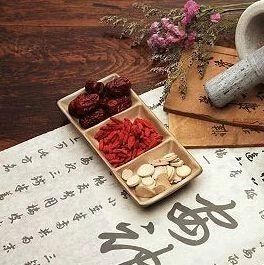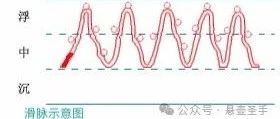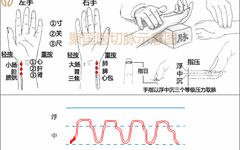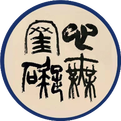The Characteristics and Clinical Significance of the Slippery Pulse in TCM
Hello everyone, I am Bao Yanju. Today I will share with you the characteristics of the slippery pulse among the eight major pulse types. Characteristics: The slippery pulse (hua mai) is smooth and flowing, resembling beads rolling smoothly. The pulse pattern is characterized by a smooth and rounded shape, akin to beads rolling fluidly from … Read more










